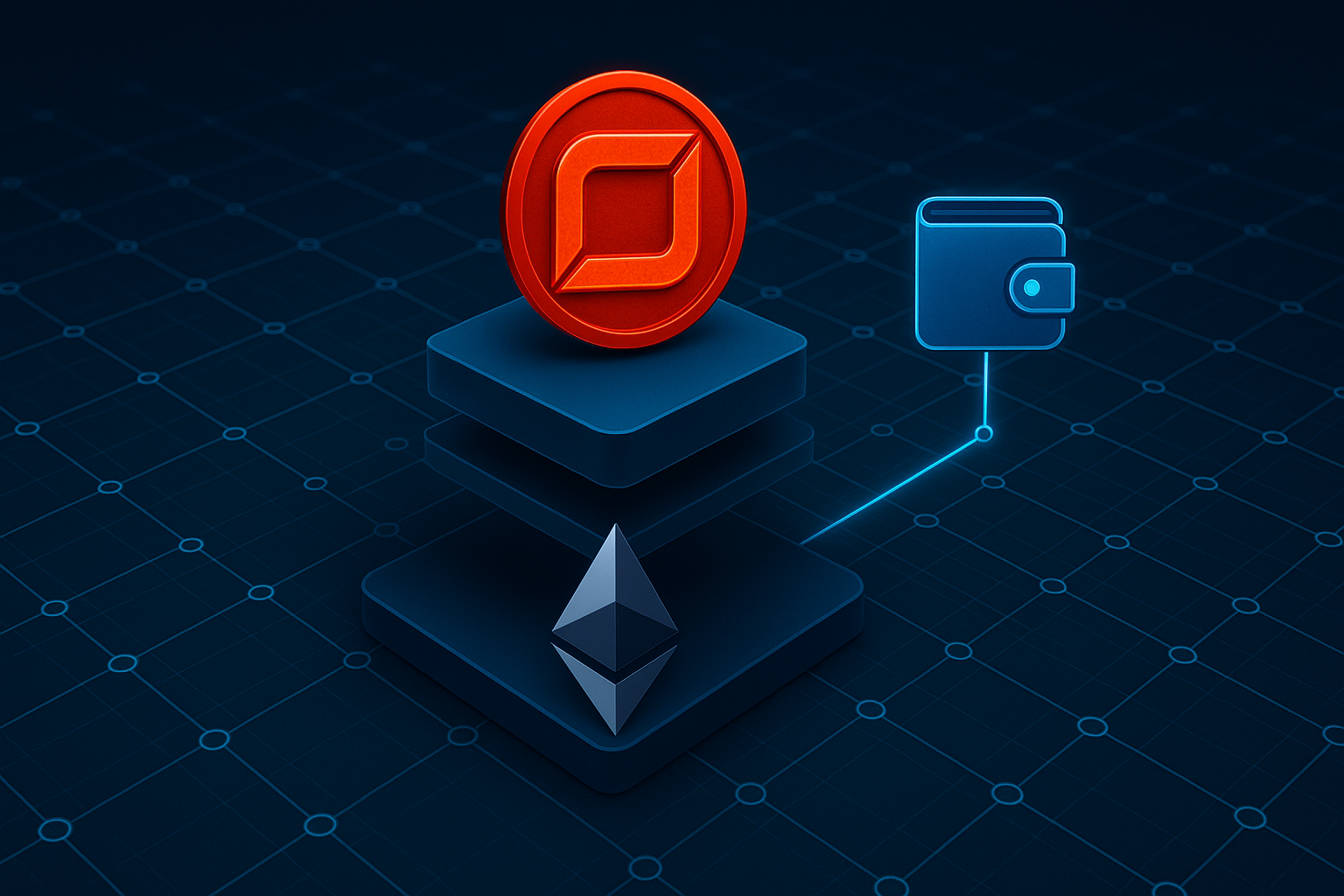Layer-2 Blockchains and CromaChain Lead the Next Phase of Blockchain Infrastructure

Ethereum as the Base Layer
Ethereum continues to be the foundation of blockchain infrastructure. However, congestion and high transaction fees have long posed challenges. Layer-2 solutions are now the critical answer to these scalability issues.
The Rise of Layer-2 Solutions
Layer-2 blockchains separate execution from settlement, allowing thousands of transactions to be processed off-chain before finalizing on Ethereum. This model increases speed, lowers costs, and preserves security.
CromaChain is among the new-generation Layer-2s positioning itself as a scalable, creator-first network—blending performance with ecosystem tools like NFT marketplaces and Web3 wallets.
CromaChain’s Infrastructure Role
Unlike generic scaling projects, CromaChain is building its own ecosystem:
- CromaArt for NFT and blockchain art
- CRM Token for fees, governance, and incentives
- TrixWallet as the multi-chain access point
This integrated approach makes CromaChain not only an infrastructure provider but also a full-stack Web3 hub.
Wallets as Infrastructure
Crypto wallets, once simple storage tools, are now core infrastructure for Web3. With wallet-native stablecoins, integrated DeFi, and NFT functionality, wallets act as both entry points and settlement layers for users. TrixWallet exemplifies this transition, connecting directly into the CromaChain network for seamless user experience.
Conclusion
Blockchain infrastructure is rapidly evolving. Ethereum remains the secure base, Layer-2 solutions like CromaChain deliver scalability, and wallets redefine accessibility. Together, they form the backbone of a new digital economy where scalability, usability, and adoption converge.
Comments (2)
Web3 Reader
June 16, 2025
Very informative article! I agree that Bitcoin ETFs are a game-changer.
Crypto Enthusiast
June 16, 2025
I wonder how regulations will affect adoption in developing countries.